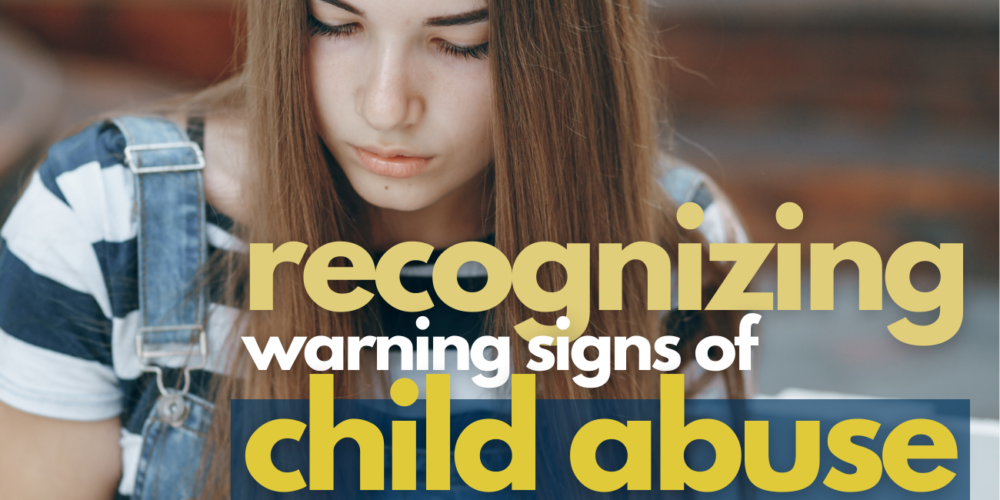
We often fear the unknown predator in the creepy van when in reality the predators are in your child's device – here's what you can do about it.
Child abductions, a topic that concerns parents & communities everywhere, are deeply misunderstood. Contrary to popular belief, stranger abductions are exceedingly rare. In reality, the most prevalent types of abductions today involve online abductions.
Online Exploitation: A Growing Concern
It’s not new information that the digital age presents new risks for children. But understanding online exploitation is a crucial step in fighting it. In online exploitation scenarios, perpetrators often pretend to be someone else, using someone else’s photo to gain the trust of their victims. Typically, a vulnerable child is targeted and deceived into forming a relationship with the perpetrator. This is called “grooming” and it’s an intentional process of manipulation that results in bonding with the perpetrator and the child. Over time, this can escalate to the child agreeing to meet or run away with the abductor.
Predators frequently use social media to connect with and gain the trust of young people, which can lead to dangerous real-life interactions. There is a critical need for education and vigilance in online interactions, especially for younger internet users.
The narrative surrounding child abductions is often more complex than commonly perceived.
While stranger abductions do occur, they are far less common than the media suggests. In the United States, child abductions by strangers are quite rare, representing less than 1% of missing children cases. Non-family abductions involve an acquaintance or, less frequently, a stranger. These abductions can occur in everyday settings, such as on the way to or from school. In the U.S., the majority of child abductions are perpetrated not by drivers of creepy vans offering “free candy” but by family members or acquaintances instead. This type of abduction typically occurs in the context of custody disputes or familial disagreements.
Myth-busting Kidnapping
A common kidnapping myth is the idea of strangers snatching children in public places. Despite the fear and attention it gets, especially in popular media, stranger kidnappings are extremely rare. This misconception leads to a skewed perception of the real risks children face and how best to protect them. It’s crucial to base our personal measures of child protection on factual information and statistics rather than sensationalized myths.
 Let’s walk through what you can do to protect your family:
Let’s walk through what you can do to protect your family:
Imagine you’re sitting down with your child, maybe over a snack, and you bring up their online world. It’s like opening a book together – each page is a different peek into this part of their life. Chat about who they’re talking to online the same way you’d ask about their friends at school. Learn this part of their world and how they’re interacting with it. It’s all about creating a comfy space where they can tell you if something ever feels weird, uncomfortable, or inappropriate online.
Then, there’s the tech side. Walk them through setting privacy settings on their social profiles just like you’d teach them to lock the front door. And, just like you’d remind them not to talk to strangers at the park, chat about not sharing personal stuff with online strangers.
Then practice this again, and again, throughout every stage of their development. Ultimately, it’s all about keeping the lines of communication open, like a constant, friendly buzz in the background. This way, they know they can always come to you, no matter what’s happening in their digital world.
Conclusion
Child safety in the modern world requires vigilance and a good understanding of the real risks. By focusing on the prevalent dangers of online exploitation and educating both children and parents about these risks, we can better protect our children from harm.
Here are some great sources offering insight and prevention measures:
- Morgan Nick Foundation
- IN HOPE: 10 Ways to Protect your Child from Sexual Abuse and Exploitation Online
- Action Against Abduction
- National Center for Missing & Exploited Children
- KidsHealth








